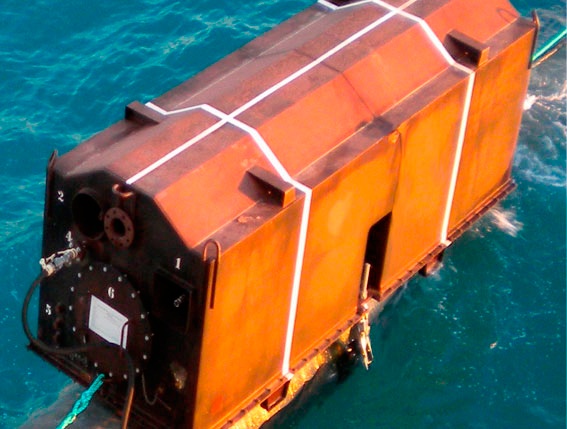Panopticon
Elaborazione e visualizzazione complete dei flussi di dati operativi, commerciali e di mercato in tempo reale
Panopticon è un prodotto Altair
Panopticon è un prodotto Altair
In settori sensibili al fattore tempo come la produzione, i servizi finanziari, la sanità e l'energia, i ritardi nelle decisioni sono costosi. Affidarsi a report di fine giornata comporta il rischio di perdere opportunità redditizie e di rispondere lentamente a minacce critiche.
Panopticon consente a utenti aziendali, analisti e ingegneri di creare, modificare e implementare applicazioni di visualizzazione dei dati in tempo reale e di elaborazione di flussi con una semplice interfaccia drag-and-drop.
Connettiti a qualsiasi fonte di dati, dai big data alle code di messaggi, e progetta dashboard personalizzate per decisioni immediate e informate.
Approfondimenti sui dati e visione operativa completa. Condivisione sicura di dashboard e report.
Creazione di applicazioni e dashboard con interfaccia point-and-click. Risposta rapida ai cambiamenti aziendali.
Generazione automatica di grafici e modelli basati su apprendimento automatico. Visualizzazione di set di dati complessi.
Elaborazione di flussi ad alta velocità e confronti storici. Precisione al nanosecondo e riproduzione dei dati.
Avvisi personalizzabili tramite molteplici canali. Avvisi basati su dati in streaming e storici.
Integrazione semplice nelle applicazioni aziendali. Single sign-on (SSO), generazione di link di incorporamento e supporto alla condivisione di risorse multiorigine (CORS).

Invia le tue domande ai nostri tecnici specializzati!
Mettiti in contatto con uno dei nostri esperti, che ti potrà fornire risposte certe o consigliare soluzioni affidabili.
CASE STUDY
The text discusses the importance of digital simulation models in modern factory design and reconfiguration, particularly in response to shorter product lifecycles and increased customization demands. Traditional design methods often lead to inefficiencies and high costs, making digital simulation essential for creating flexible and adaptable production systems. The article highlights a case study involving a furniture assembly factory, where a manufacturer needed to efficiently handle a variety of custom kitchen cabinet orders. The system integrator was tasked with designing a robotic assembly line that could maintain production efficiency despite the high variety of products.
industry4 SIMUL8
CASE STUDY
The text discusses the importance of digital simulation models in modern factory design and reconfiguration, particularly in response to shorter product lifecycles and increased customization demands. Traditional design methods often lead to inefficiencies and high costs, making digital simulation essential for creating flexible and adaptable production systems. The article highlights a case study involving a furniture assembly factory, where a manufacturer needed to efficiently handle a variety of custom kitchen cabinet orders. The system integrator was tasked with designing a robotic assembly line that could maintain production efficiency despite the high variety of products.
industry4 SIMUL8

CASE STUDY
The aim of this study was to find the best quality glass-clamping system, through parametric model optimization, for a new pyrolytic self-cleaning oven by Indesit.
modefrontier optimization consumer-goods appliances

CASE STUDY
This brief article summarises how California-based electric car company, Lucid Motors, used the CAE application, ModeFRONTIER for performing Computational Fluid Dynamics (CFD)
automotive optimization modefrontier

CASE STUDY
A developer of innovative equipment designed a system to simplify the towing and laying down of marine pipelines in shallow water fields.
energy modefrontier optimization oil-gas recurdyn